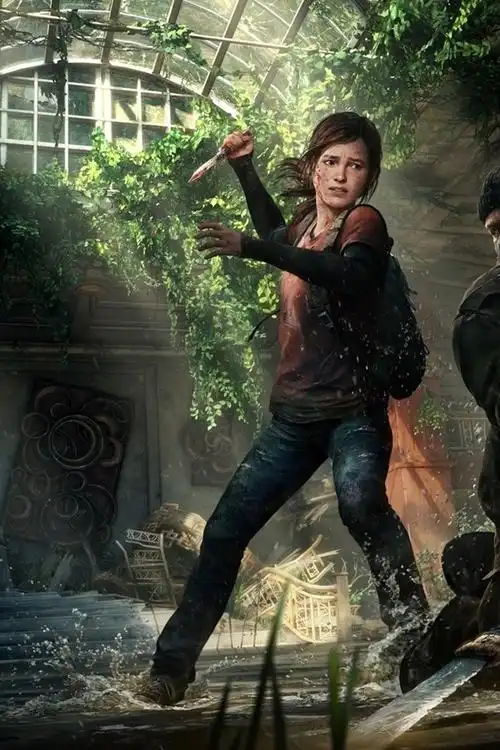Tetris Effect - VR Experience: Immersive Block Stacking - A Critical Review
Tags: #TetrisEffect #VirtualReality #Gaming #VRExperience #GameReview #ImmersiveGaming
Introduction
The Tetris Effect has long been a cultural phenomenon, transcending its origins as a simple puzzle game to become a psychological and even spiritual experience for players. With the advent of virtual reality (VR), Tetris Effect: Connected (2020) by Enhance Games and Monstars Inc. takes this classic gameplay into an immersive, multi-sensory dimension. This review critically examines the VR adaptation of Tetris Effect, analyzing its strengths, weaknesses, and overall impact on the gaming experience.
The Immersive Power of VR in Tetris Effect
Visual and Auditory Synesthesia
One of the most striking aspects of Tetris Effect in VR is its seamless fusion of visuals and sound. The game employs dynamic backgrounds that shift in response to player actions, creating a hypnotic, almost meditative state. In VR, this effect is amplified—players are no longer just observing the game but are enveloped within its world.
-
Pros:
- The 3D depth enhances the sense of immersion.
- Reactive environments make gameplay feel alive.
- The soundtrack (composed by Hydlide) synchronizes perfectly with block movements, reinforcing the "flow state."
-
Cons:
- Some players may experience motion sickness due to intense visual effects.
- The abstract nature of the visuals might be disorienting for newcomers.
Haptic Feedback and Controller Integration
Unlike traditional Tetris, the VR version incorporates subtle haptic feedback, making each block placement feel more tangible. The PlayStation VR’s DualShock or Oculus Touch controllers provide responsive vibrations, enhancing player engagement.
-
Pros:
- Tactile feedback improves precision and immersion.
- Controller tracking is smooth, reducing input lag.
-
Cons:
- Lack of full hand-tracking (e.g., Meta Quest 2) limits interaction depth.
- Some players prefer keyboard controls for faster inputs.
Gameplay Mechanics: Classic Tetris with a Twist
The "Zone" Mechanic
A unique addition to Tetris Effect is the "Zone" ability, allowing players to freeze time and strategically clear multiple lines. In VR, activating the Zone feels even more impactful, as the world around the player slows down dramatically.
-
Pros:

- Adds a fresh layer of strategy to traditional Tetris.
- The slow-motion effect is visually stunning in VR.
-
Cons:
- May disrupt the natural rhythm for purists.
- Overuse can make the game feel less challenging.
Multiplayer and Social Features
Tetris Effect: Connected introduces cooperative and competitive multiplayer modes. In VR, playing against or with others enhances the social aspect, though the experience varies by platform.
-
Pros:
- Cross-platform play increases accessibility.
- Cooperative modes encourage teamwork in unique ways.
-
Cons:
- VR lobbies can feel sparse compared to flat-screen versions.
- Some players report connectivity issues in online matches.
Critical Analysis: Does VR Elevate the Experience?
The "Flow State" in VR vs. Traditional Play
Tetris Effect is designed to induce a "flow state," where players lose track of time while fully engaging with the game. VR intensifies this effect by removing external distractions, making it easier to achieve deep focus.
-
Pros:
- Greater immersion leads to a more meditative experience.
- Ideal for stress relief and mindfulness.
-
Cons:
- Prolonged VR sessions may cause fatigue.
- Some players find the isolation overwhelming.
Accessibility and Comfort Concerns
While VR enhances immersion, it also introduces barriers:
- Motion sickness remains an issue for some players.
- Headset weight and discomfort can detract from long sessions.
- Higher hardware requirements limit accessibility compared to standard versions.
Conclusion: A Masterpiece with Minor Flaws
Tetris Effect - VR Experience successfully transforms a timeless puzzle game into a breathtaking, multi-sensory journey. The combination of mesmerizing visuals, adaptive music, and tactile feedback creates an unparalleled level of immersion. However, VR-specific limitations—such as motion sickness and hardware constraints—prevent it from being a flawless experience.
For Tetris enthusiasts and VR adopters, this version is a must-play. Casual players or those sensitive to VR may prefer the traditional format. Regardless, Tetris Effect in VR stands as a testament to how classic gameplay can be reimagined for next-gen technology.
Final Score: 9/10
Tags: #TetrisEffect #VirtualReality #Gaming #VRExperience #GameReview #ImmersiveGaming #PuzzleGames #FlowState #GamingTechnology


















